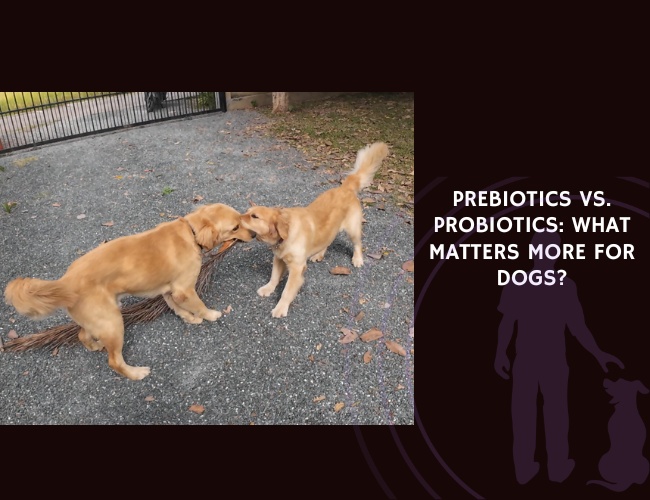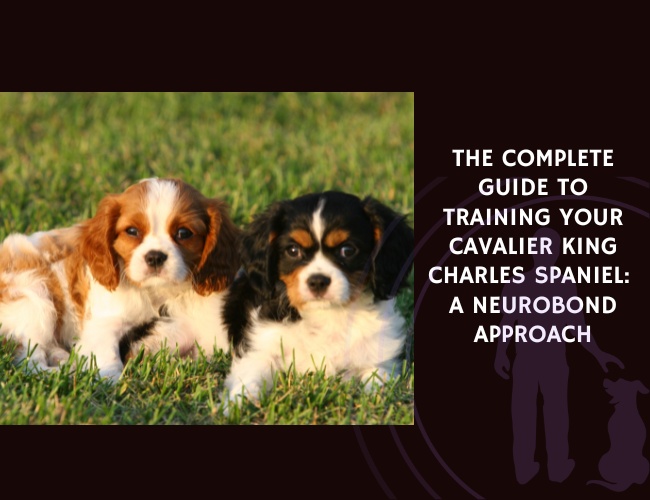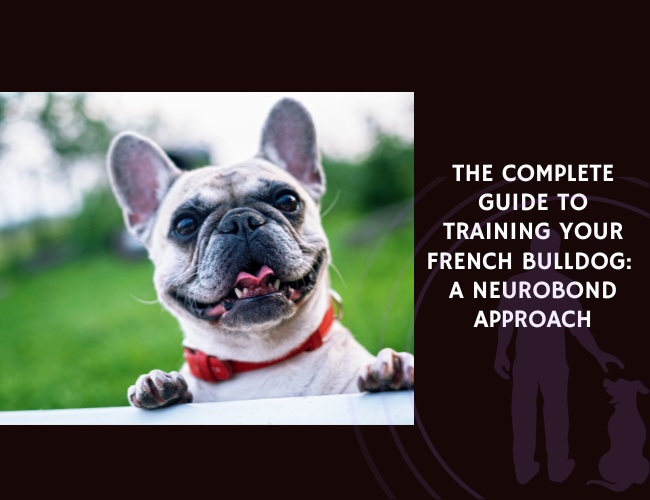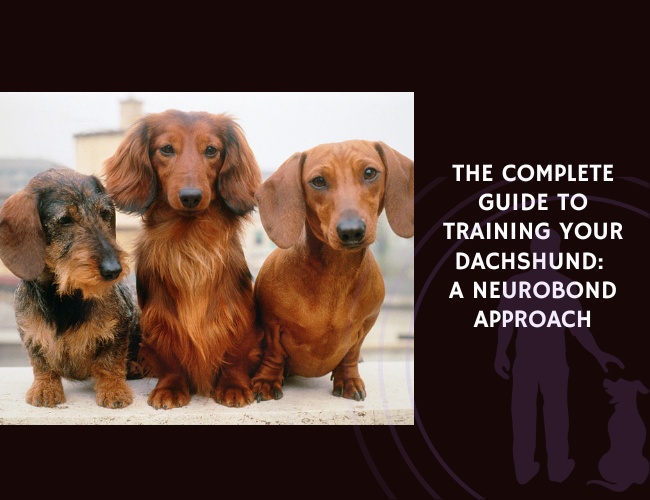Researchers led by Sanni Somppi The study found that both positive and negative experiences provoked emotional arousal in the dogs. However, dogs with stronger emotional closeness to their owners had higher HRV—a physiological marker associated with calmness and good stress regulation—especially during potentially stressful events like separation or startling objects. Three relationship dimensions were assessed using the Monash Dog–Owner Relationship Scale (MDORS): Emotional Closeness, Shared Activities, and Perceived Costs. Emotional Closeness was associated with increased HRV and fewer signs of distress. Conversely, Shared Activities showed a trend toward lower HRV and more attachment-seeking behavior, possibly indicating heightened excitement. Dogs perceived as less owner-oriented and more independent tended to have lower arousal and higher HRV, suggesting they may rely less on their owners for emotional regulation. The findings also revealed that while owners were fairly accurate at recognizing their dog’s emotional arousal in fear-inducing situations, their interpretation of emotional valence (positive vs. negative) was not influenced by the quality of the relationship. Overall, this research emphasizes how emotional dynamics between humans and dogs shape canine responses to the world—and potentially offers a roadmap for improving canine emotional well-being through more attuned relationships. Source: Sanni Somppi et al. (2022). “Dog–Owner Relationship, Owner Interpretations and Dog Personality Are Connected with the Emotional Reactivity of Dogs.” Animals, 12. https://doi.org/10.3390/ani12141799
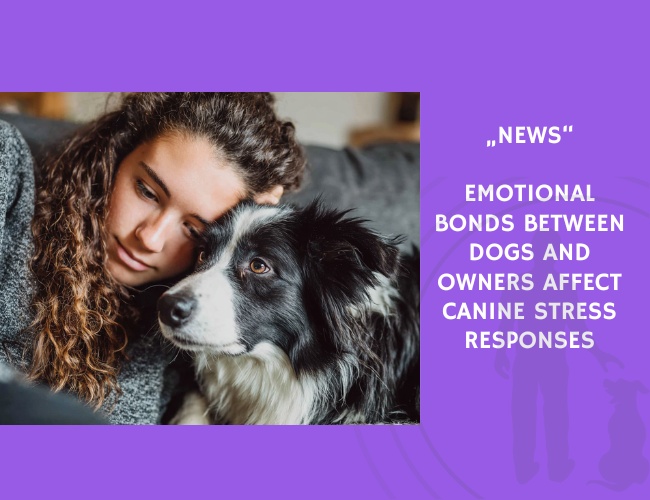
Study — Chiang Mai, Thailand, August 3, 2025 — A new study has found that dogs’ emotional responses to events are closely tied to their relationships with their human companions. Dogs with a close emotional bond to their owner showed lower physiological arousal in stressful situations, suggesting that strong dog–owner relationships may provide a calming effect.
💡 Looking to go deeper into dog training?
Use these categories to explore targeted guides and articles on canine behavior, nutrition, obedience, entertainment, and more.
Use these categories to explore targeted guides and articles on canine behavior, nutrition, obedience, entertainment, and more.
🐾 Dog Behavior
🎯 Dog Training
🤝 Puppy Training
🥩 Dog Nutrition
🩺 Health & Wellbeing
🎲 Dog Entertainment
🐶 Dog Breeds
📄 Breed Guide
🧠 Who is my Dog

